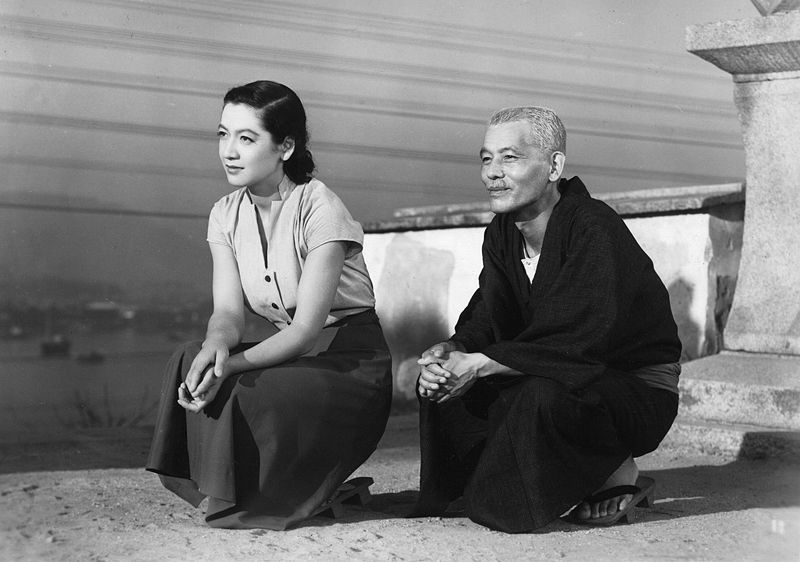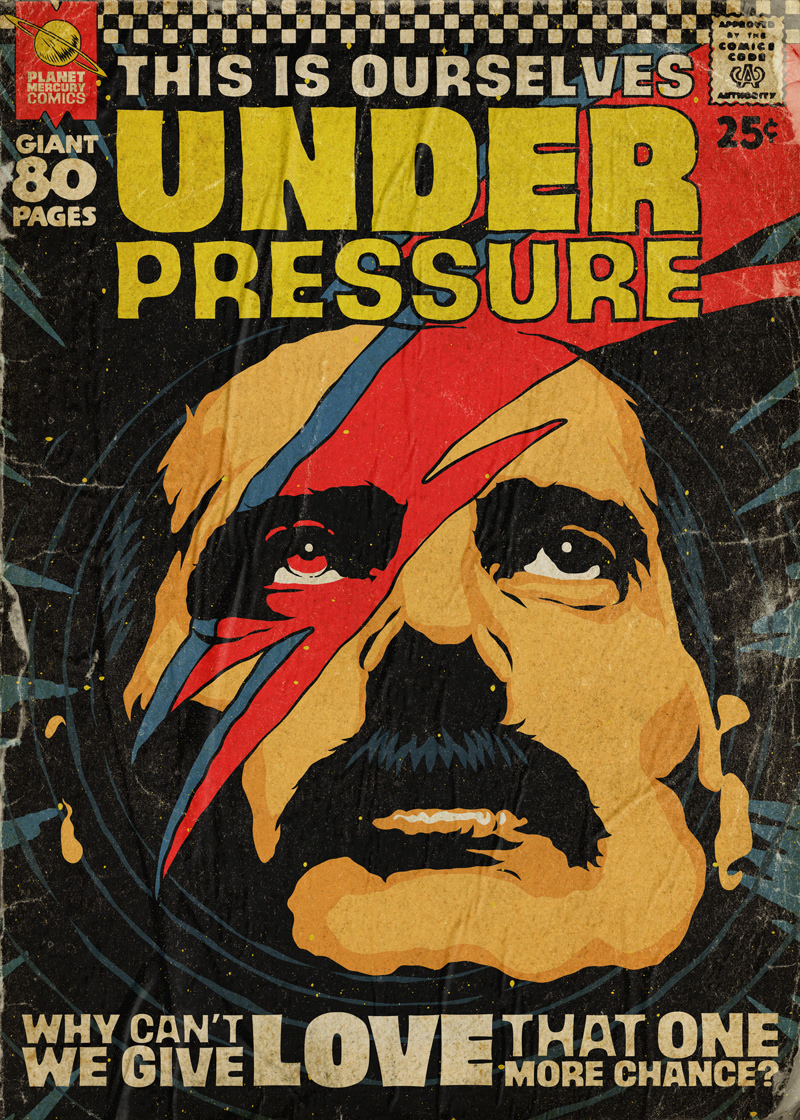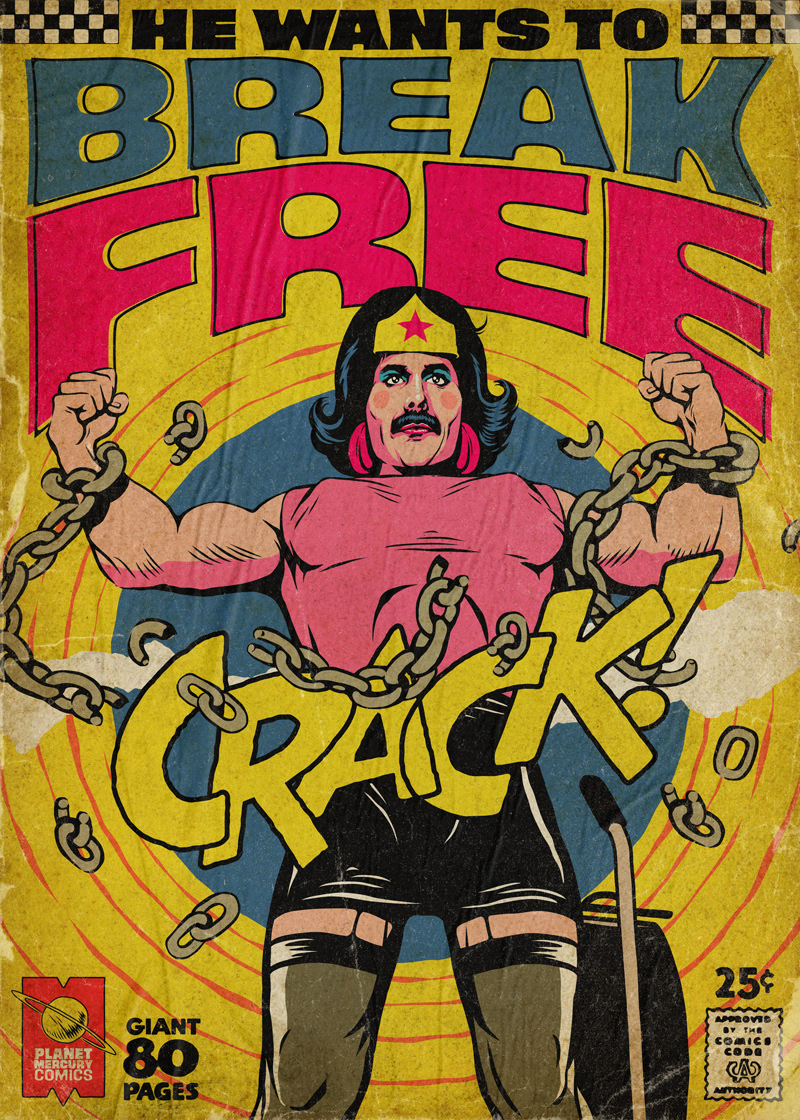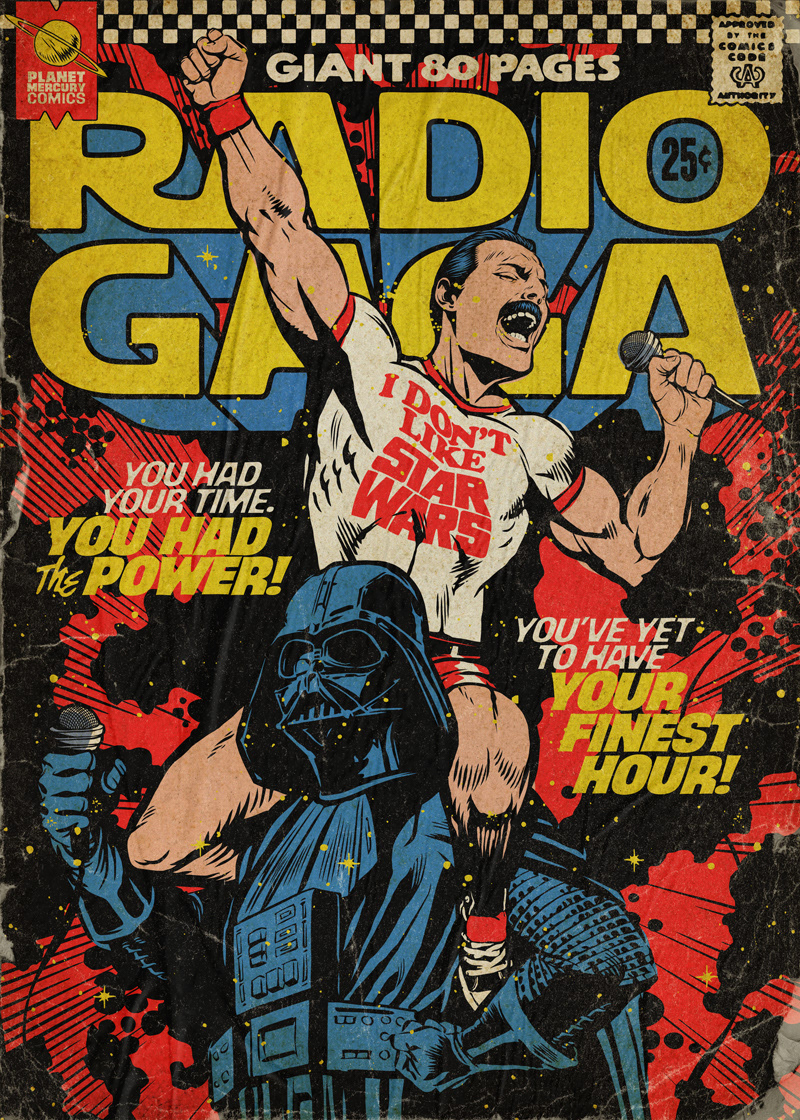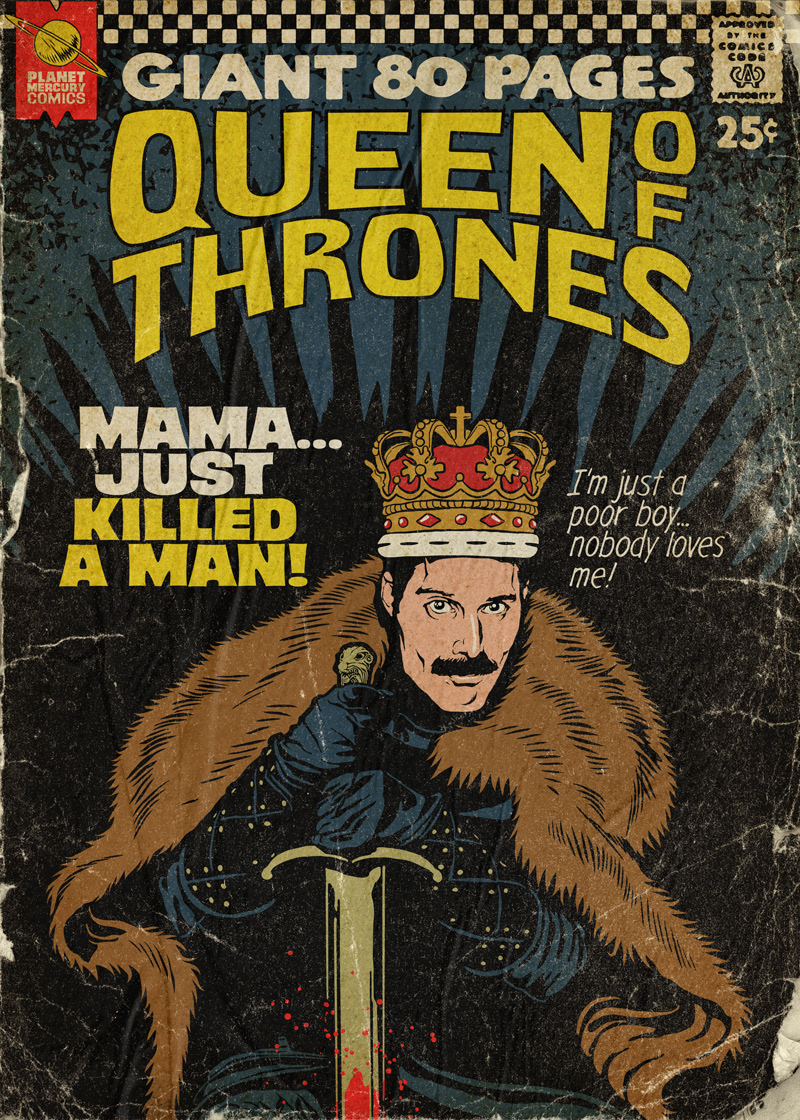J.R.R. Tolkien was not a big fan of his fandom. He had serious doubts about whether any of the millions of readers who adored The Hobbit and The Lord of the Rings trilogy understood anything about what he was trying to do. But none of them can be blamed, since he didn’t at first set out to write fiction at all—at least not when it came to The Lord of the Rings. The books, he said, were “an attempt to create a world in which a form of language agreeable to my personal aesthetic might seem real.”
The most famous fantasy series of all time began its life as a linguistic experiment, in other words. “The invention of languages is the foundation,” said Tolkien. “The ‘stories’ were made rather to provide a world for the languages than the reverse.” Of course, Tolkien fans know quite a bit about how personal his stories became, even as they incorporated more and more mythical elements. How could we possibly understand these stories the way Tolkien did?
Authors do not get to choose their readers, nor can they direct the interpretations of their work. Still Tolkien may have been more misunderstood than others, and maybe more entitled to complain. The scholarly work of philologists like himself—academics who studied the roots of languages and mythologies—had been mangled and misused by the Nazis. The fact caused Tolkien to confess to his son “a burning private grudge against that ruddy little ignoramus Adolf Hitler” for “ruining, perverting, misapplying, and making for ever accursed” the history Tolkien had made his life’s work. (He also penned a scathing reply to a German publisher who asked him for proof of his “Aryan” descent.)
He would also have been appalled that not long after his death, Middle Earth became a “merchandising juggernaut,” as one student of his effect on popular culture puts it. Tolkien had strenuously resisted efforts by Disney to buy the rights to his fiction, objecting to what he saw as vulgar, mercenary commercialism. The hundreds of millions of dollars poured into the Hobbit and Lord of the Rings films, and the empire of games, action figures, t‑shirts, etc., might have seemed to him the very image of power-mad wizard Saruman’s designs for world domination.
This isn’t to say we should hear Tolkien scolding us as we pick up our box set of special edition books, Blu-Rays, and LOTR tchotchkes. He was no stranger to marketing. And he produced the inspiration for some of the most beloved adaptations with his own cover art designs and over a hundred drawings and paintings of Middle Earth and its English referents. But perhaps it would repay fans of the many LOTR-themed consumables to attend to the creator of the now-self-existent world of Middle Earth every now and then—to get closer, if not to Tolkien’s intentions, then at least to his mind and voice, both recorded in his letters and his own readings from his work.
In the clips here, you can listen to Tolkien himself read from The Lord of the Rings and The Hobbit, including a recording at the top of him reading one of the fantasy languages he invented, then created an entire world around, the Elvish tongue Quenya in the poem “Namarie.” Some of these YouTube clips have received their own cinematic treatment, in a YouTube sort of way, like the video below with a montage of Tolkien-inspired media and a dramatic score. This may or may not be to your liking, but the origin story of the recording deserves a mention.
Shown a tape recorder by a friend, whom Tolkien had visited to pick up a manuscript of The Lord of the Rings, the author decided to sit down and record himself. Delighted with the results, he agreed to read from The Hobbit. He liked the technology enough that he continued to record himself reading from his own work. Tolkien may not have desired to see his books turned into spectacles, but as we listen to him read, it’s hard to see how anyone could resist the temptation to put his magnificent descriptions on the big screen. Hear the second part of that Hobbit reading here, and more Tolkien readings in the many links below.
Related Content:
J.R.R. Tolkien, Using a Tape Recorder for the First Time, Reads from The Hobbit for 30 Minutes (1952)
Listen to J.R.R. Tolkien Read Poems from The Fellowship of the Ring, in Elvish and English (1952)
J.R.R. Tolkien Reads From The Two Towers, the Second Book of The Lord of the Rings Trilogy
Hear J.R.R. Tolkien Read From The Lord of the Rings and The Hobbit
J.R.R. Tolkien Expressed a “Heartfelt Loathing” for Walt Disney and Refused to Let Disney Studios Adapt His Work
J.R.R. Tolkien Snubs a German Publisher Asking for Proof of His “Aryan Descent” (1938)
Josh Jones is a writer and musician based in Durham, NC. Follow him at @jdmagness



